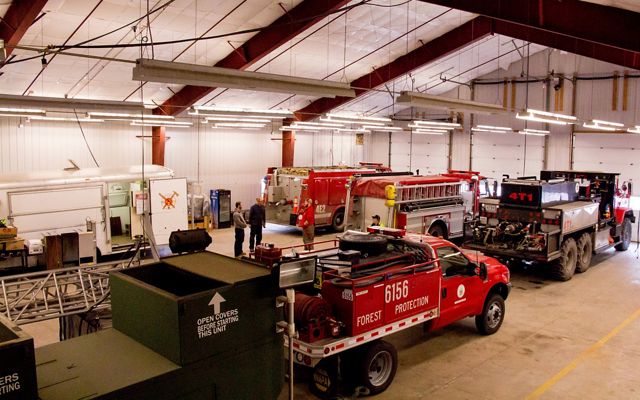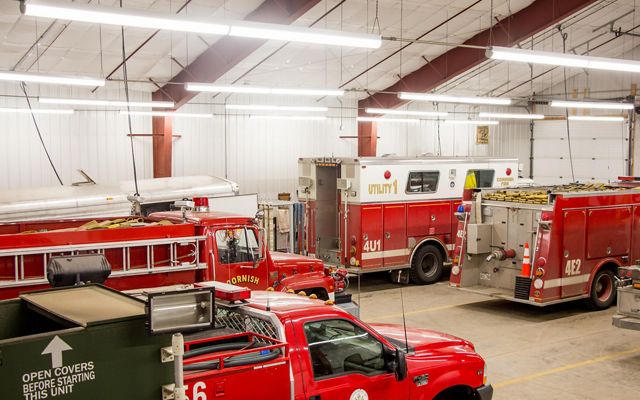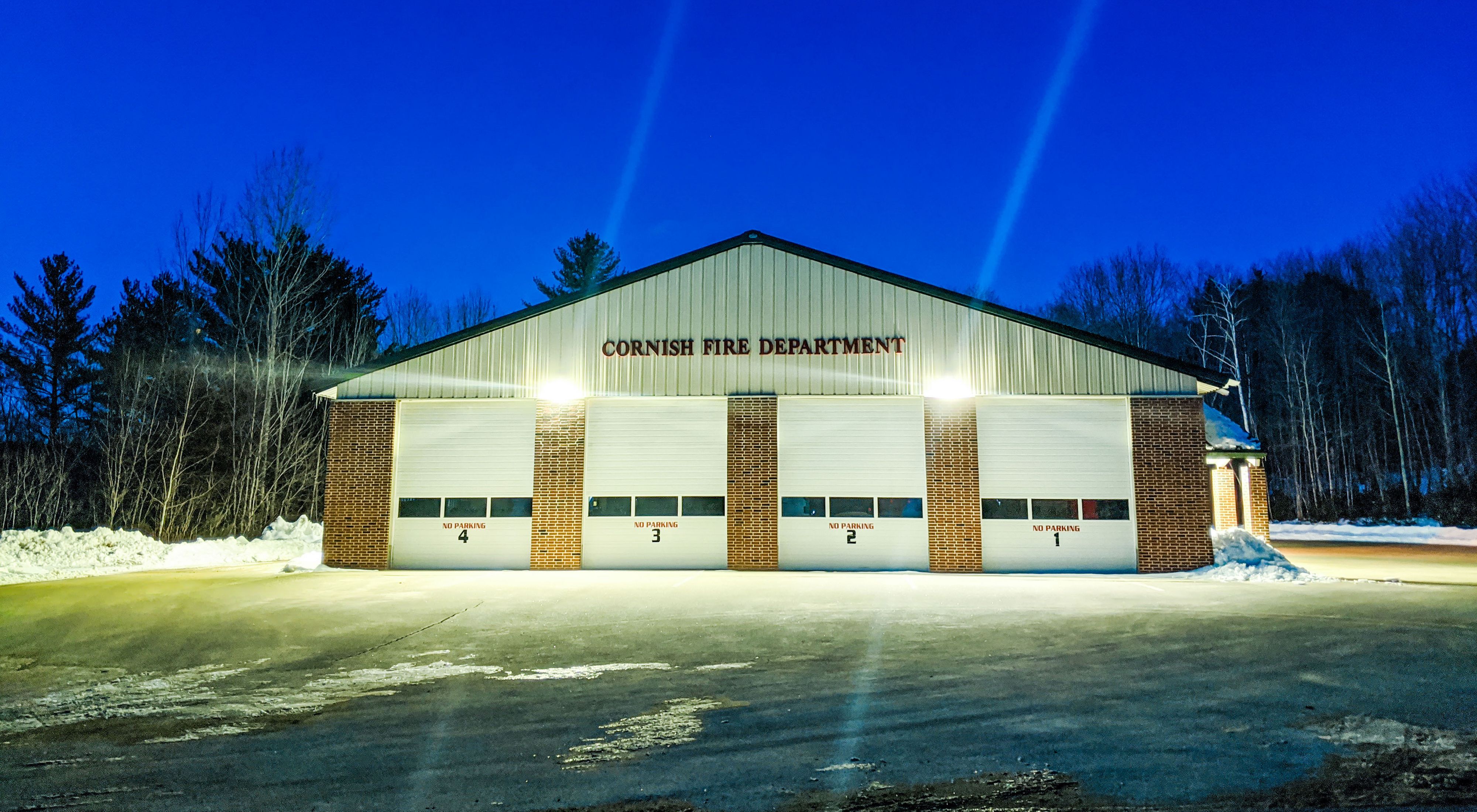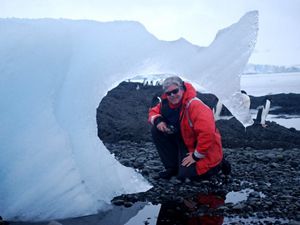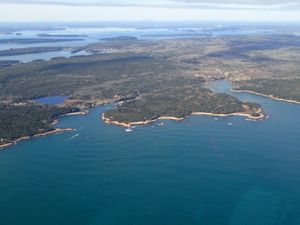Creating A Bright Future
A new initiative helps Maine's small towns save on energy costs and reduce carbon emissions.
The Cornish fire station sits quietly by itself; its four gleaming white garage doors, beige and brick walls and shallow green roof surrounded only by trees. On winter evenings, a fluorescent glow spills from the windows into the cold darkness. This simple and neat structure is only 15 years old, and the fluorescent fixtures were a fine lighting choice at the time—but times have changed.
That's why Cornish Selectman Chris Calnan was intrigued by a letter the town office received from The Nature Conservancy. The letter, sent to small communities across the state, outlines a new initiative created by TNC to collaborate with Efficiency Maine, a state agency that provides programs and incentives to help upgrade energy efficiency in homes and businesses. The partnership increases incentive levels available to small municipalities through an existing Efficiency Maine program, providing towns up to 75 percent of the cost of the upgrade to LED lighting in and on municipal buildings.
Quote: Cornish Selectman Chris Calnan
Absolutely anything we can do to help reduce energy costs is a benefit.
Calnan, who is also a member of the Cornish fire department, had been watching the electricity bill for the station steadily rising—to the point that the exterior lights were often turned off at night to save money. But replacing the current lighting throughout the building would be a significant hit to the annual budget. Now, as he read about this new LED program, he had a solution right in his hands.
"I grabbed the bull by the horns," said Calnan.
He consulted with the town's two other selectmen and discussed the idea with the fire chief. He explained how the program could pay for a large portion of the project cost and result in long-term electricity savings they'll appreciate for years to come. All agreed, funds from the LED lighting program would be enough to augment the town's own discretionary reserves to make the fire station project a reality.
"The deadline was pretty quick to find an electrician," Calnan recalled, "but, other than that, the process was painless."
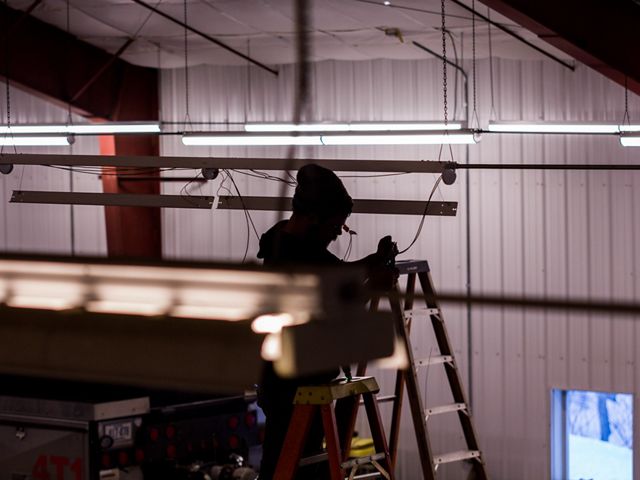
Installation of new fixtures throughout the building, including the large garage space, was completed in just a few days, and the results are impressive. Now, even the exterior fixtures remain on to safely light the path for firefighters and visitors.
LED bulbs are much more efficient than other lighting options, meaning they require less electricity from the grid to light homes and businesses—electricity generation that, while getting cleaner, still emits carbon dioxide into the atmosphere. LEDs also contain no harmful mercury, are recyclable, and last much longer—decreasing the energy needed to manufacture, package, and deliver them. Taken together, these advantages are a big improvement for our environment.
Right across the Saco River from Cornish, the town of Baldwin has also taken advantage of the incentive. As more and more towns apply, the program is working to reduce carbon emissions and help rural communities make investments that are good for long-run energy costs—and the climate.
Calnan, whose grandparents owned a dairy and apple farm in this once-agriculturally-focused community, points out that Cornish also enjoys an active recycling program and hosts a 30-acre solar array on the grounds of the last dairy farm in town. Eventually, he hopes to transition the town's street lights to LED.
"Absolutely anything we can do to help reduce energy costs is a benefit," explained Calnan. "We have a responsibility to use taxpayers' dollars wisely."
